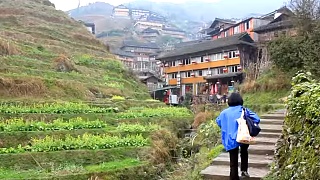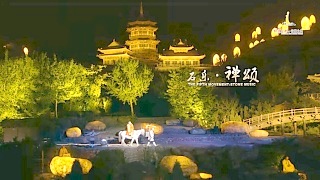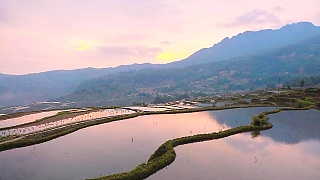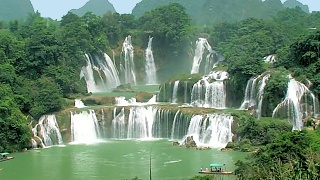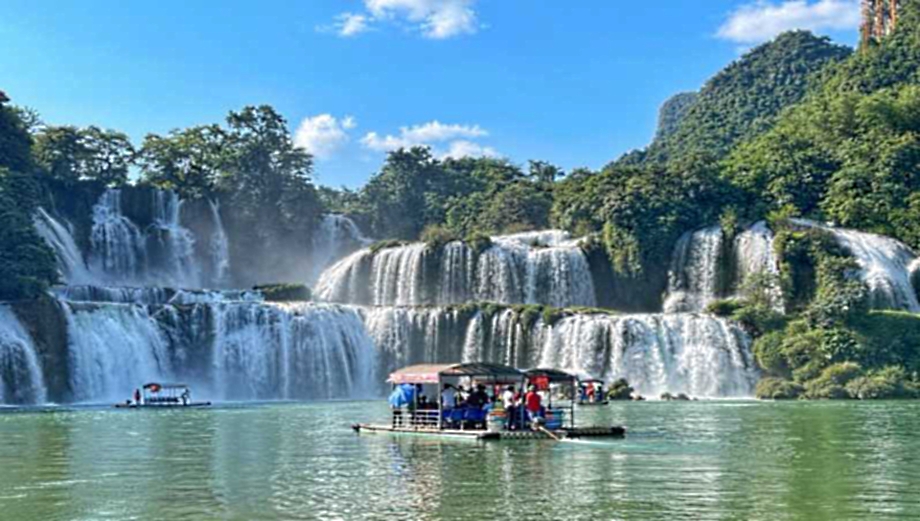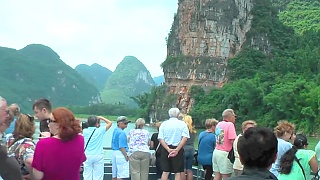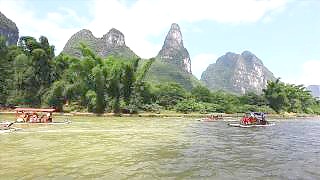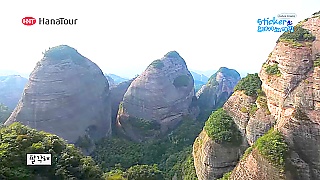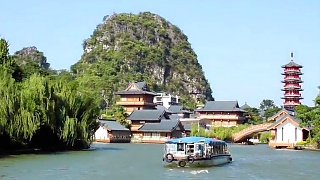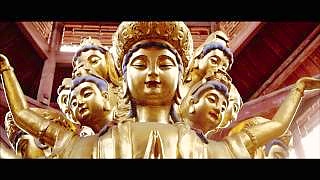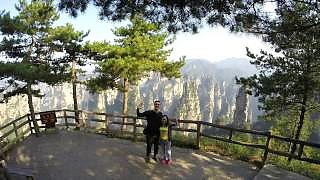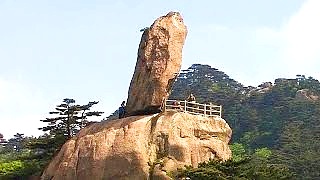
|
Introduction:
Chili oil is a versatile and flavorful condiment widely used in Chinese cuisine, particularly in SiChuan and HuNan dishes. It adds heat, depth and aroma to a variety of dishes, from noodles and stir-fries to dumplings and marinades. Making chili oil at home allows you to customize the flavors and heat level to your preference, and it's surprisingly simple to prepare, with just a few key ingredients.
Ingredients:
A neutral Oil: Choose a neutral oil with a high smoke point, such as canola oil, grape-seed oil, or peanut oil. This will serve as the base for the chili oil and carry the flavors of the aromatics and spices.
Dried Chilies: Use dried chili peppers of your choice, such as Chinese facing-heaven chilies, Thai bird's eye chilies, or arbol chilies; but any will be fine. Adjust the quantity based on your preferred level of heat. If whole dried chilies, crumble into flakes. Some sliced fresh chilis can also be included.
Sichuan Peppercorns: Optional but highly recommended for authentic Sichuan flavor. Sichuan peppercorns add a citrusy, floral aroma and a distinctive numbing sensation to the chili oil. Can be bought at a Chinese grocery store or online.
Aromatics: Garlic, ginger, and scallions are common aromatics used in chili oil. They add depth and complexity to the flavor profile.
Spices: Optional spices such as star anise and cloves can be added for additional flavor and complexity.
Salt: A pinch of salt enhances the overall flavor of the chili oil.
Method:
Prepare the Ingredients: If using whole dried chilies, remove the stems and cut or tear them into smaller pieces. Peel and slice the garlic and ginger. Cut the scallions into small pieces.
Infuse the oil: In a saucepan or skillet, heat the neutral oil over low to medium heat. Add the dried chilies, Sichuan peppercorns (if using), garlic, ginger, plus any optional spices. Cook gently, stirring occasionally, until the aromatics are fragrant and slightly golden, about 10-15 minutes.
Cool the oil: Remove the pan from the heat and let the oil cool. This allows the flavors to infuse into the oil.
Strain the oil: Once the oil has cooled, strain it through a fine-mesh sieve or cheesecloth into a clean container.
Storage: In an airtight container, store the chili oil in a cool, dark place or in the refrigerator for longer shelf life.
Tips:
Adjust the quantity of dried chilies and SiChuan peppercorns to your preferred level of heat and numbing sensation.
Experiment with different aromatics and spices to customize the flavor of your chili oil.
A little sesame oil can be added at the end to further enhance the flavor and aroma of the chili oil. Toasted sesame oil, in particular, adds a rich, nutty flavor that complements the spices and aromatics.
Be careful not to overheat the oil, as this can cause the aromatics and spices to burn and develop off-flavors.
Enjoy your homemade chili oil drizzled over noodles, stir-fries, dumplings, or any dish that could use a spicy kick and aromatic depth! Give some to your friends and relatives : )
|
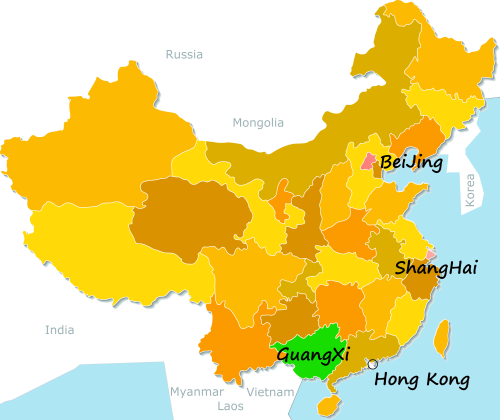
 The beautiful DeTian waterfalls 德天瀑布 area, GuangXi province
The beautiful DeTian waterfalls 德天瀑布 area, GuangXi province